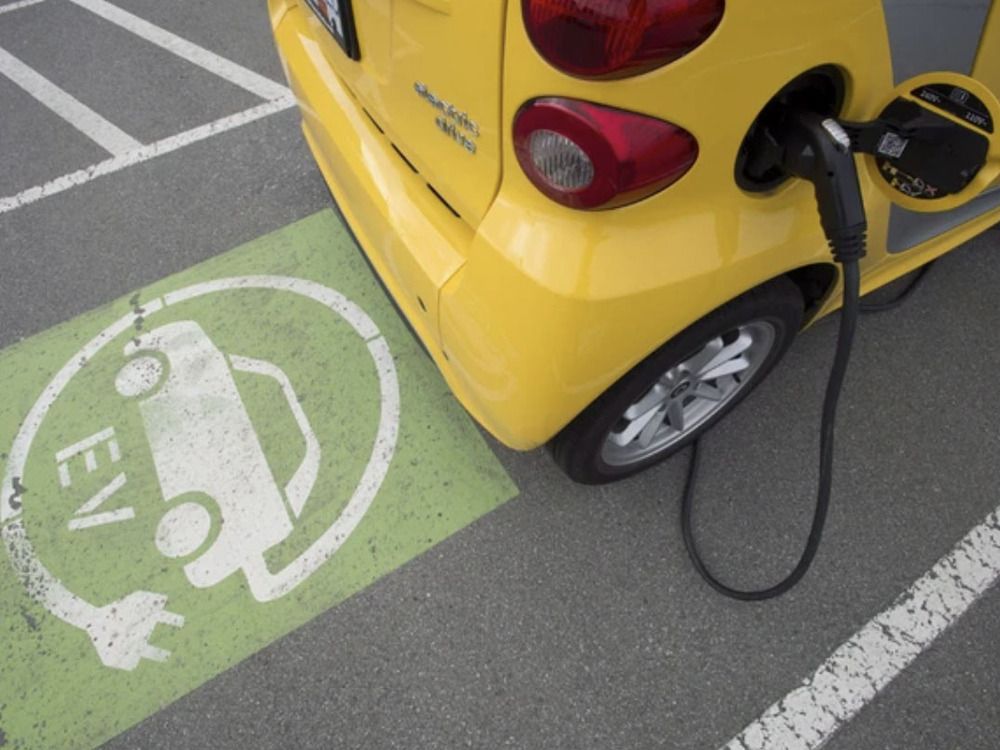Electric Cars: A Reality Check on the Road to Dominance
Electric vehicles (EVs) are often hailed as the future of transportation, promising cleaner alternatives to gasoline-powered cars. However, a closer examination reveals that the journey to widespread EV adoption is fraught with challenges, including reliance on subsidies and environmental concerns.
Despite the perception of electric cars as a straightforward solution to climate change, reality presents a more complex picture. The production of EVs, particularly the manufacturing of their batteries, is energy-intensive and heavily reliant on coal, especially in countries like China. This results in significant carbon emissions, undercutting the environmental benefits of EVs.
Governments, including Canada, have implemented policies to phase out gasoline and diesel vehicles, with plans to ban new sales within a decade. However, electric cars have yet to become a dominant force. A key reason is their dependency on substantial government subsidies, which include a minimum of $5,000 in federal incentives.
While marketed as cleaner and more cost-effective, electric vehicles face hurdles in public perception. Concerns about charging infrastructure and the higher initial cost of EVs contribute to consumer hesitancy. Surveys indicate that only 15% of Canadians and 11% of Americans are inclined to purchase an electric vehicle.
Even when powered by clean energy, EVs in regions like British Columbia only emit about one-third the carbon of traditional cars. In Alberta, however, the emissions are almost three-quarters, and in some countries like India, coal-powered electricity means EVs can emit more CO₂ than their gasoline counterparts.
Subsidies intended to promote EV adoption are another point of contention. For instance, Ottawa’s subsidies amount to $5,000 per vehicle, which is significantly higher than what would be spent on carbon trading systems to achieve similar emission reductions. Moreover, many EVs serve as secondary vehicles in affluent households, used less frequently than conventional cars, thereby reducing their impact on total emissions.
Additionally, the weight of electric cars, due to their large batteries, contributes to increased road wear and particulate pollution. This adds to their environmental impact, with studies indicating that in two-thirds of U.S. states, EVs may cause more particulate pollution than gasoline cars.
The shift to electric vehicles is further complicated by safety concerns. Heavier EVs pose a greater risk in accidents, potentially leading to more fatalities than lighter, gasoline-powered vehicles.
Despite the optimistic predictions for EVs to overtake gasoline vehicles, projections suggest that by 2050, a significant portion of cars will still rely on gas or diesel. This indicates that until EVs become cost-competitive and technologically superior without subsidies, their dominance remains uncertain.
Ultimately, while electric vehicles hold promise, their current reliance on subsidies and the unresolved environmental and logistical challenges suggest that their path to widespread adoption is not as clear-cut as often portrayed.
Original Story at financialpost.com
